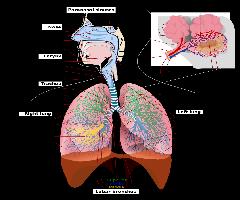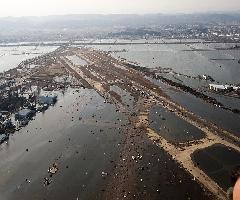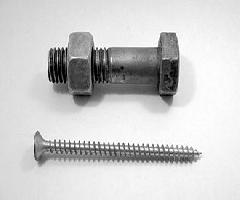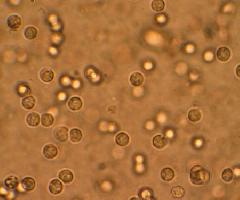Why is it warm in some places and cold in other places? How come some places have high rainfall while others have very low rainfall? Find out how weather changes happen.The weather is different all over the world. Furthermore, the weather in a place can change from time to time. Three things are needed to make the weather - heat , water and air .
Heating of land and water. The sun radiates heat energy to earth. Both the land and water parts of earth absorb some of the sun's heat. But how come, during a hot day at the
beach, the sand feels warm while the water feels cold? And in the evening, why is the sand cold while the water is warm? On land, heat is absorbed only at the surface. In water, heat goes deeper into the whole body of water (heat travels by convention through liquids.). Water also evaporates faster from oceans than from land. Some of the heat that will make the water warm is used in evaporation, so there is less heat to warm the water. Land, therefore, heats faster than water. Since only the surface of the land is heated, land also cools faster than water.Land and water heat and cool at different rates. The effects of this on the weather are as follows:
1. Movement of air. One of the effects of the uneven heating of land and water is the movement of air. Moving of air is wind. During the day, the land is warmer than the sea. Air over the land becomes warm and rises. Cool air over the sea flows toward the land to replace the rising air. This is a local wind called sea breeze . Sea breeze usually forms at about three hours after sunrise and lasts until early afternoon. At night, the land is cooler because its heat is lost to the atmosphere. Cool air over the land flows toward the sea. This is called land breeze . Land breeze usually starts to form in the late evening and lasts until sunrise. Movement of air by convection happens not only locally but also globally. When the cold air near the Polar Regions sinks, it moves along the surface while the warmer air rises. This movement of air creates the different wind systems that circulate around the globe.
2. Changes in air pressure. We are surrounded by air. The weight of air pushing on us per unit area is called air pressure . We do not feel air pressure but we feel its changes. If you travel by plane, you will feel your ear's 'pop". This happens when the
plane is high up in the air. Here, the air pressure inside your ears is greater than the air pressure inside the plane. When you swallow, the air pressure inside your ear becomes lower and your eardrums pop back into place. Air pressure on the earth is not the same in all places and at all times. It may be high in some places and low in others. Above the land air pressure is greatest at sea level. As one goes higher (such as climbing a mountain, air pressure decreases because the column of air pushing down is shorter on the earth's surface.Changes in temperature also cause changes in air pressure. Air pressure readings are useful in predicting weather changes. Air pressure is measured with a barometer . A 'rising' barometer indicates good weather, while a 'falling' barometer indicates bad weather.
3. Formation of high pressure areas. When air grows cold, it becomes heavy. Compared to warm air, cold air is heavier per unit volume. Another way of saying this is, cold air is denser than warm air. Cold air sinks. It presses down hard on the surface below, forming an area of high pressure. Generally, the weather in high pressure areas is clear because less cloud cover the sky. It is also fry because there is no rain.
4. Formation of low pressure areas. Warm air is less dense than cold air. Warm air can hold more water vapor than an equal volume of cold air. When air gets warm, it rises, leaving behind an area of low pressure. The rapidly rising warm air then starts to cool. Since cool air cannot hold much water vapor, the excess water vapor from the rising air condenses on tiny solid particles in the air, forming masses of very tiny droplets of water that we see as clouds. As the droplets of water in the clouds grow bigger, they become heavy and fall as rain.
Generally, the weather in low pressure areas can be described as follows. The air humid, the sky is cloudy, and the day is rainy. A high pressure area forms when cold air sinks and presses hard on the surface below. When warm air rises, it leaves behind an area of low pressure.
note: originally posted at Exposeknowledge.com under the same author.




